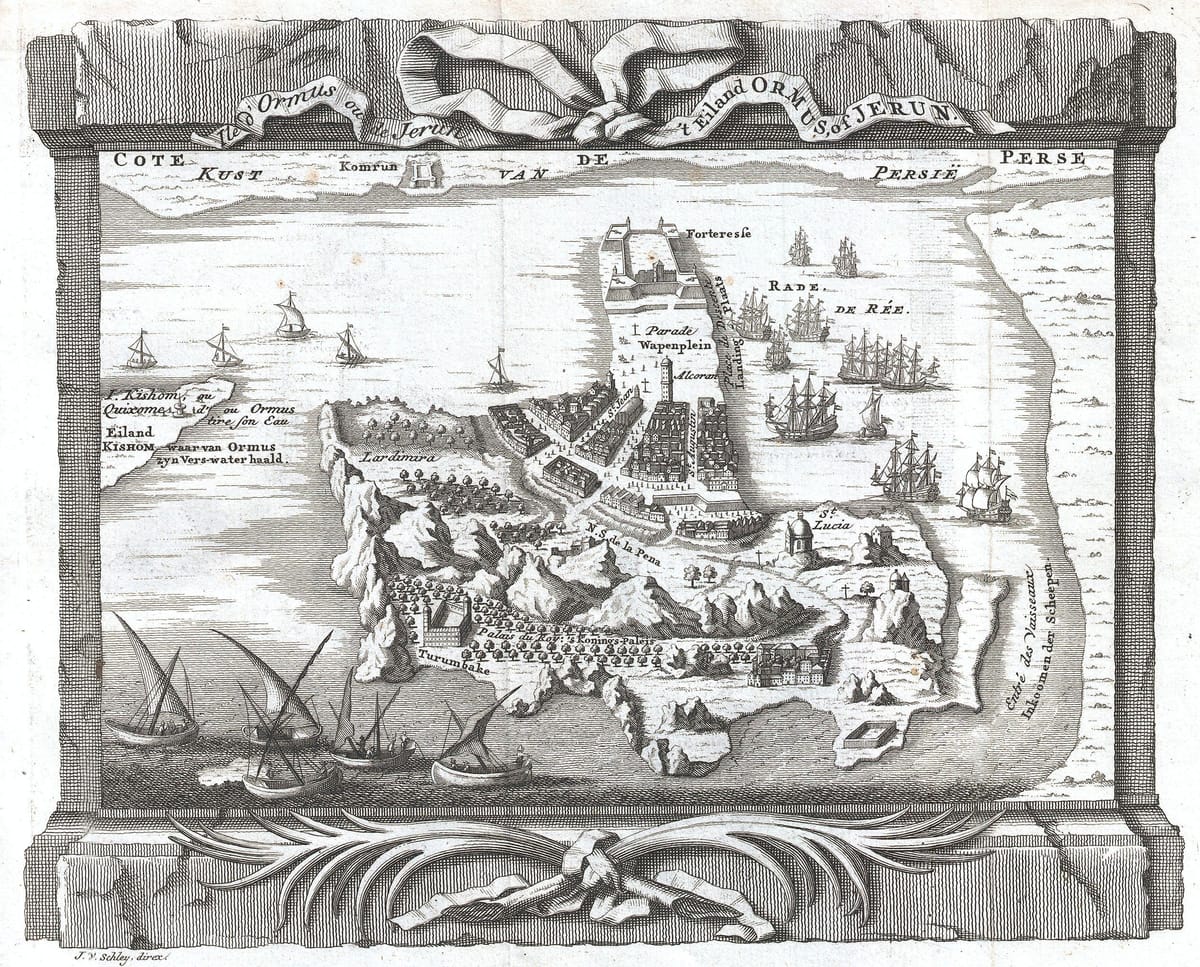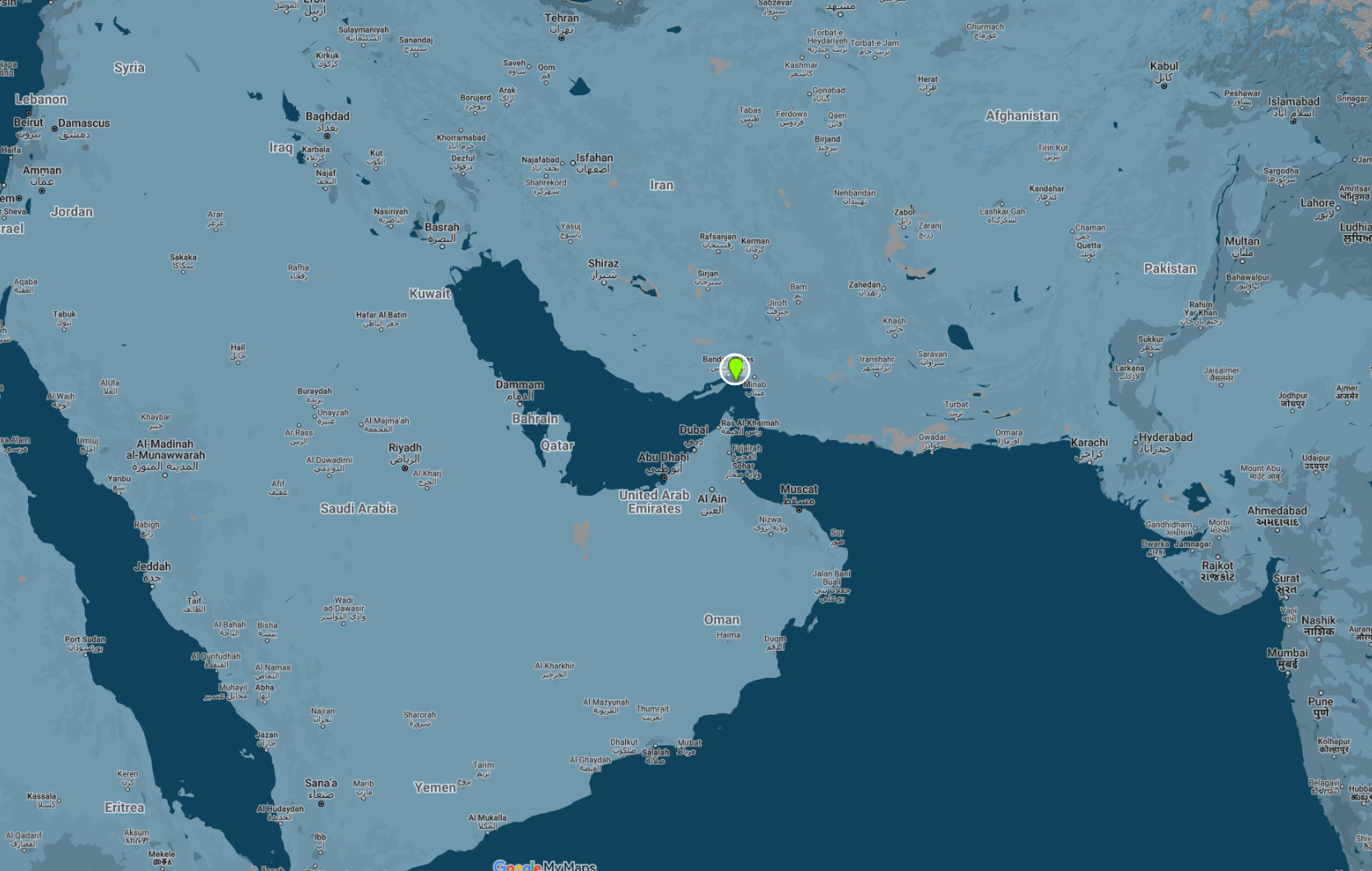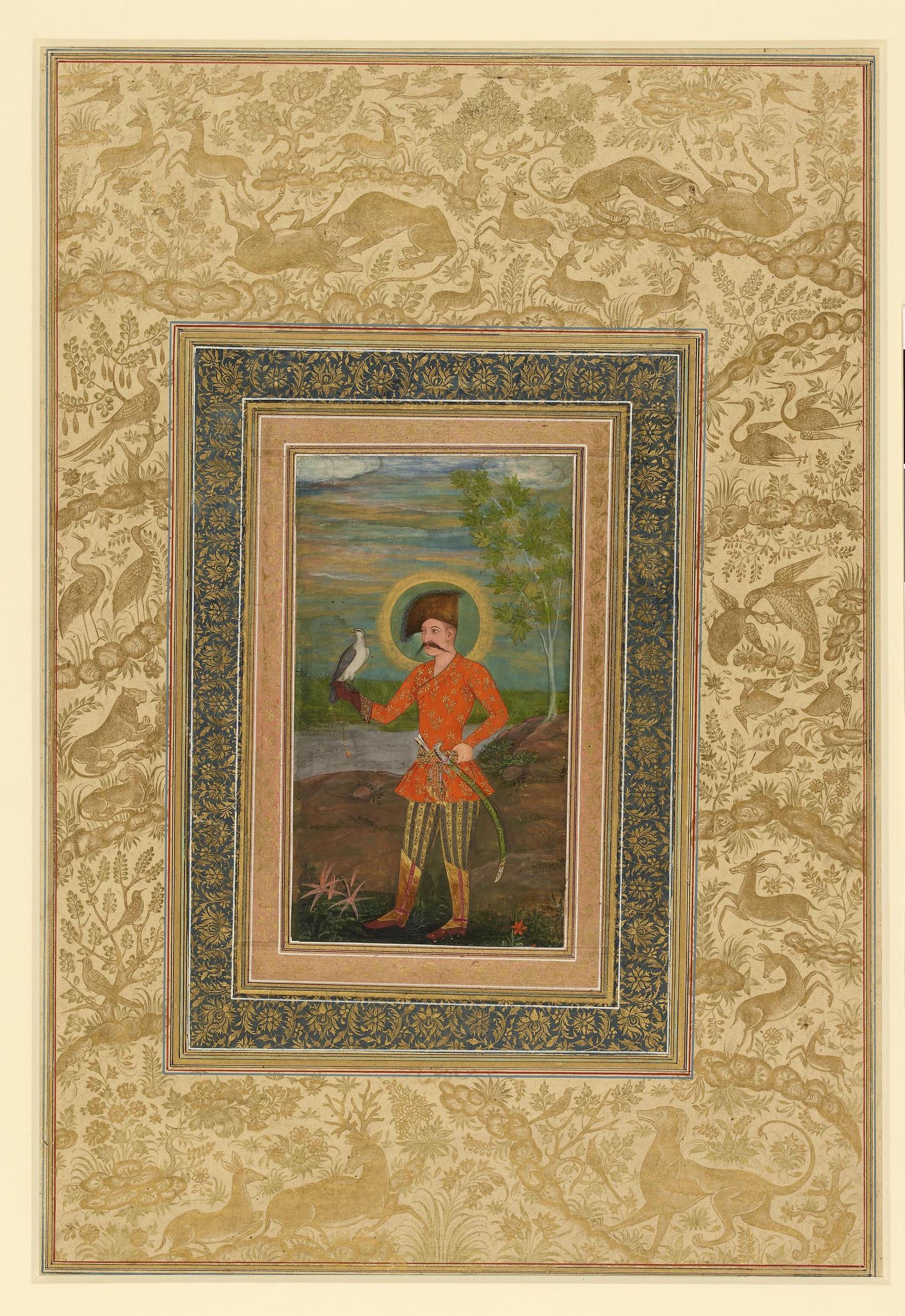Hormuz

Hormuz is a small island situated in the Persian Gulf. In the medieval period, it was a commercial hub ruled by a Muslim amir that was deeply connected with the trade of southern Iran and western India.

Hormuz was home to an international group of merchants, including a sizable number of Gujarati traders. Among the island’s more famous visitors was the Chinese admiral Zheng He, whose tribute voyages stopped at Hormuz several times between 1413 and 1433.
Hormuz is probably most closely associated with the Portuguese. The island was conquered for good by Afonso de Albuquerque (pictured) in 1515. For the next century the island was a key pillar of the Estado da Índia’s Persian Gulf policy.

To ensure control over Gulf trade, the Portuguese constructed a large fortress on Hormuz. They also maintained an armada on the island that harassed local shipping as far as Basra and Masqat. Their rule did not go unchecked, however. In 1551-1552 an Ottoman fleet besieged Hormuz, but the attack was unsuccessful.

Hormuz became a key conduit for the export of silks and dates from Safavid Iran to Europe and India. It also received imports of fabrics, sugar, rice, and iron from the Deccan and Gujarat. Enormous amounts of Iranian and Iraqi horses were also sent to India from Hormuz.
In 1622, the Portuguese were expelled from Hormuz by a combined Safavid and English East India Company. The anti-Portuguese campaign was partially engineered by Shah Abbas I.

The Portuguese expulsion led to the decline of the island as a trading node and the rise of Bandar Abbas as the preeminent port of the Persian Gulf.
References:
Giancarlo Casale, The Ottoman Age of Exploration (Oxford: Oxford University Press, 2010).
K.N. Chaudhuri, Trade and Civilisation in the Indian Ocean: An Economic History from the Rise of Islam to 1750 (Cambridge: Cambridge University Press, 1985).
Dejanirah Couto and Rui Loureiro eds., Revisiting Hormuz: Portuguese Interactions in the Persian Gulf Region in the Early Modern Period (Wiesbaden: Otto Harrassowitz Verlag, 2008).
Feature Image Credit - "Ormus oude Jerun. ⁄ 't Eiland Ormus, of Jerun," 1750, https://commons.wikimedia.org/wiki/File:1750_Schley_Map_of_Ormus,_Persian_Gulf_-_Geographicus_-_Ormus-schley-1750.jpg
